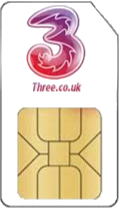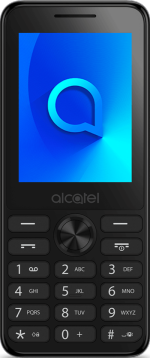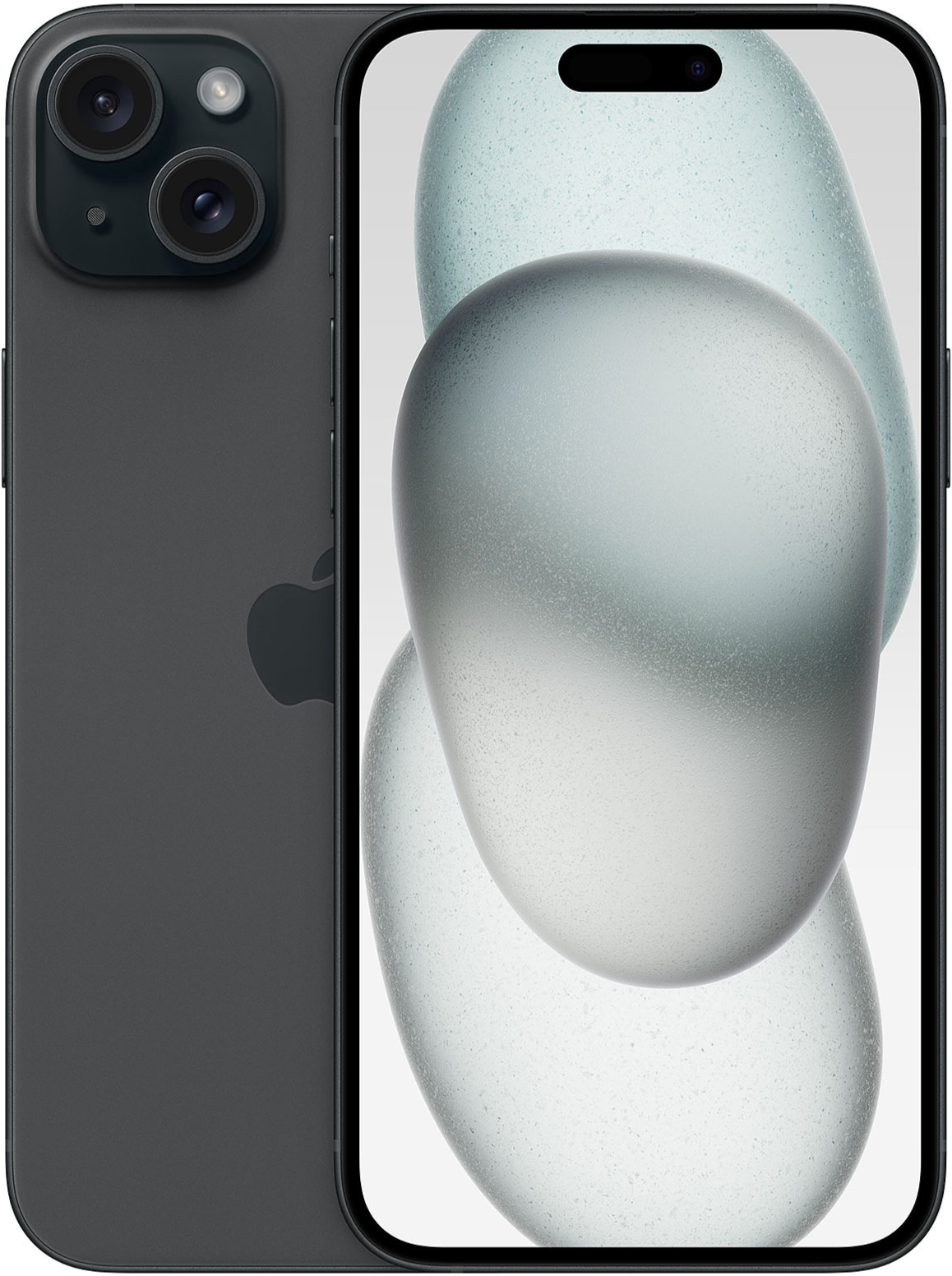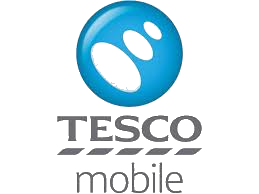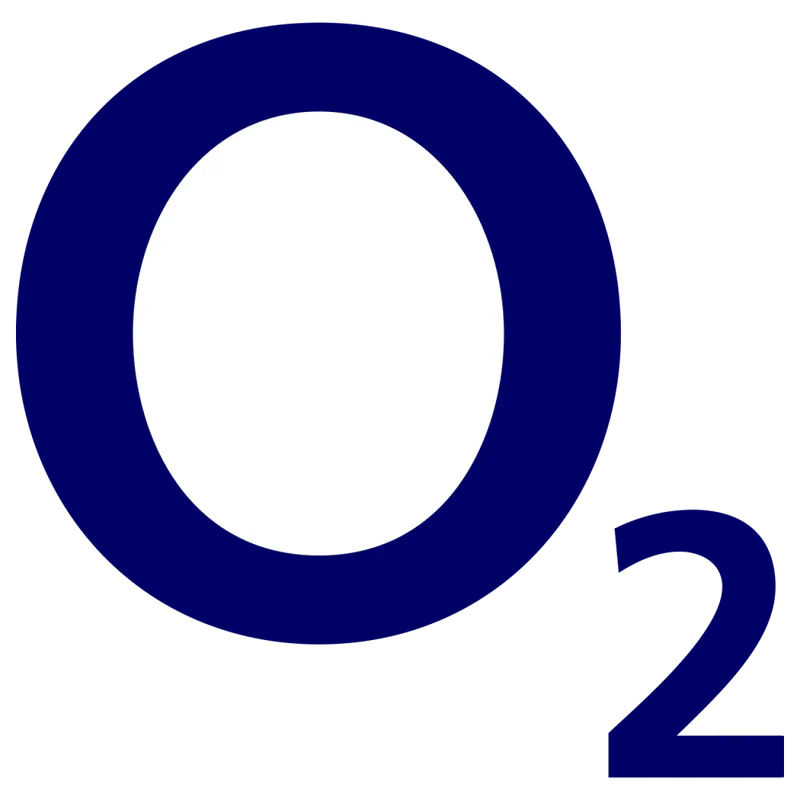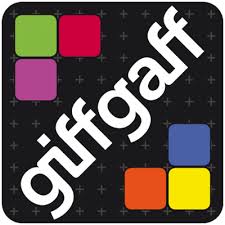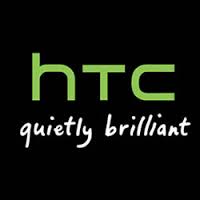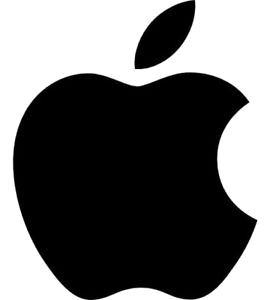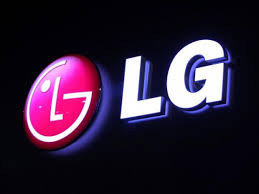3
|
3 was created in 2002, several UMTS-based mobile phone networks operate under the brand name including providing Broadband Internet and operated in Australia, Austria, Denmark, Hong Kong, Macau, Indonesia, Ireland, Italy, Sweden, and the United Kingdom to name a few. |
|
|
|
They offer both PAYG and contract services including Sim-Only straight to the public. Hutchinson Whampoa owns 3 (who previously owned Orange) and today have over 3.5 million mobile customers in the UK. 3 time after time get lofty ratings from consumers and Consumer organizations alike when it came to customer satisfaction, somewhat due to outstanding coverage, to a degree due to unlimited data offers (All-You-Can-It) and supported with higher than normal standards of customer service. |
3 released HSDPA tech in 2008 and at present manage the chief level of nationwide 3G coverage in Great Britain. 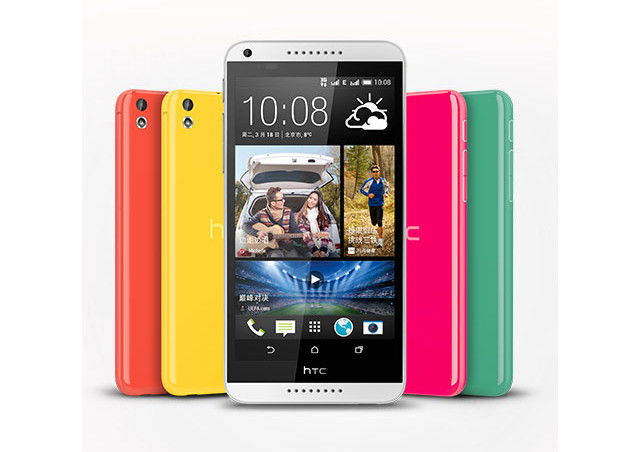 |
|
At the beginning of 31 December 2012, 3’s registered customer base worldwide amounted to over 23.5 million. All 3-branded networks offer Hutchison Telecoms International 3G tech (WCDMA, some also run 2G and 4G networks). |
|
Released tech that allows mobile users, to use their free or inclusive bundles and allowances while abroad. Introduced in February 2007, they called it ‘3 Like Home' With the exclusion of 3 Indonesia The service permitted mobile users to use any 3-branded network, free from paying any additional roaming charges, in order words paying the unchanged amount for data, voice and messaging services as we would do if we were at home.
It’s the roaming agreements between the networks that have made this arrangement possible. 3G Network Performance |
3 Like Home' Feel at HomeFree 0800/0808/0500 calls. Use your phone abroad at no extra cost. if you loose the phone? Your life back with Three Rescue™. |
|
. |
Three was the first 3G mobile phone network in the UK. The extra services, which only 3G can offer has attracted million of customers. These great features and services combined with amazing value for money has resulted in Three becoming the UK's network that possess 99% UK population coverage for voice and text, and presently at over 92% 3 has the biggest population coverage for video services. Its the fastest growing network however, previously there have been worries with reference to coverage but that all transformed years ago, suffice to say that three is the UK's first 3G network and now has nearly 4 million customers. |
|
The introduction of SmartPhones on the UK’s 3G networks has generated significant attention and still is. In terms of widening capacity beyond the perimeters, this always gets lots of spotlight questions such as the position of data-intensive devices and network coverage. In response Three boosted their network with well over 5,000 new sites since 2009 and this has brought 3G coverage to over 98% of the UK’s population which means quicker and in addition, better coverage throughout the UK both indoors and outdoors supplemented with reliable connections. |
. |
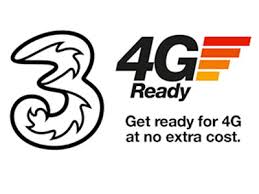 |
Three network was future-proofed built for 4G technologies in other words, it was built for conveying data. while growing the capacity to meet the always-growing request for data, in response Three has put in billions of pounds in developing, expanding and designing the network this means Three is connecting more people to the internet in more places. |
Three gobbled up large slice of EE mobile phone spectrum for free3 took control of a massive slice of EE's mobile phone spectrum for free - yes that's right for free, talk about being in the right place at the right time.
Telecoms heavyweight Everything Everywhere hands over £450m of spectrum to UK's smallest mobile phone company In 2012 Three network obtained a large chunk of spectrum from rival Everything Everywhere (of course now known as EE) for a total of.........wait for it £0, yes you did read that rite, £0. |
 |
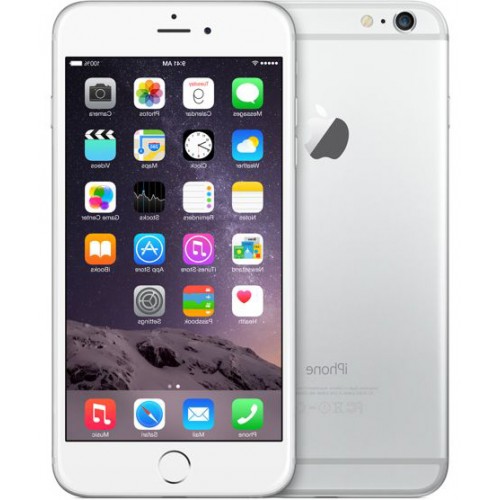 |
This In effect doubled 3's network airwaves it owns in the UK from 30 megahertz to 60MHz. The deal, was finalised before that year's 4G auction, just, and this was for a good reason. EE, formed through the merger of T-Mobile and Orange networks in 2010, however there was a clause in the deal, it could only be permitted to go ahead on the condition that EE sold a big section of its top-tier spectrum before the year ran out (before the government’s long-awaited 4G spectrum auction).
|
|
EE had no choice but to sell off part of its spectrum anyway why? Because it possessed much more than other network rivals, this order came from the Telecoms governing body OFCOM and regulators.
Top Business analysts had put EE down to raise at least up to £450m, for sure EE's BIGGEST two rivals apparently if not obviously O2 and Vodafone were ready to offer large amounts. |
|
However as far as evasive business strategy goes EE decided the best thing to do was to give away the spectrum, that resides in the 1,800MHz band, to the UK's smallest network 3 for £0 (The enemy of my enemy is my friend). Suffice to say that Three has less than 10 million customers, compared to EE with nearly 27 million. |
|
So in effect what EE did is, introduce Three as a threat to the bigger mobile companies which included O2 and Vodafone . Getting the deal gave Three the components it needed to service its fast-growing market share, and this it has done since then.
The strategy was aimed at tipping the outcome of the government’s long-awaited 4G spectrum auction, in EE's favour. |
|
Ofcom the telecoms watchdog, had initially said it cannot promise Three any of the valuable 800MHz spectrum coming up for auction, with EE free to acquire a much bigger chunk by bidding up the price. And as we know that three were able to increase its bandwidth by acquiring spectrum from EE (for £0), before the sale of government airwaves. |
|
EE and Three came out from the 4G auction both with a small part of 800MHz. If that was the plan, it backfired for EE because three came out with spectrum from both EE and from the government auction, this overall was a better than expected result for 3. A truly win win situation.
|
Challenging and changingmobileAt the time in 2003 when Three entered the telecoms market , things were very different then, the scenario in which they operated was more or less a monopoly ,it was quite different from today, consumers had little choice and prices were high. In hindsight this was the niche for 3 to operate in, so Three attempted to take-on and change the mobile industry not just for themselves but mainly also for the benefit of consumers. |
|
Since establishing themselves, Three gone on to provide Mobile users affordable, fair and reasonable moderate economic prices with flat-rate mobile internet, low-cost Mobile Broadband (from just £10 a month) and of course what we all know 3 mostly for which is the "All You Can Eat" tariffs(at phoneismobile we like to call these tariffs the "holy grail tariff") introduced in March 2012, it has now come to the stage where it's all about data at the heart of mobile phone plans and three was the first to really take note and the rest followed. |
|
For those who really want to totally embrace the mobile internet without feeling restricted or worrying about costs, you know , having total piece of mind. 3 Ultimate Internet plans provide all-you-can-eat data, And for those who want to discover the mobile internet for the first time. |
|
Even the basic Internet plans provide a 250MB allowance with zero chance of going over allowances thereby avoiding over charges. Mobile users get text alerts that warn users when they’re coming close to their data limits to ensure that one has full control over their finances. |

